Strolling along the boardwalk from the elegant Grand Hotel Bernardin in Portorož, the Adriatic coast seemed calm with clear water and gently lapping waves. Minutes later, turning a corner at the charming marina town of Piran, the wind instead felt gusty, and the choppy Gulf of Trieste whipped and smashed over the breakwater.
Shopkeepers hurried to secure their wicker al fresco dining furniture. With knowing smiles, they rolled with the sea’s moody temperament, which would settle back to its typical calm, idyllic state within hours.
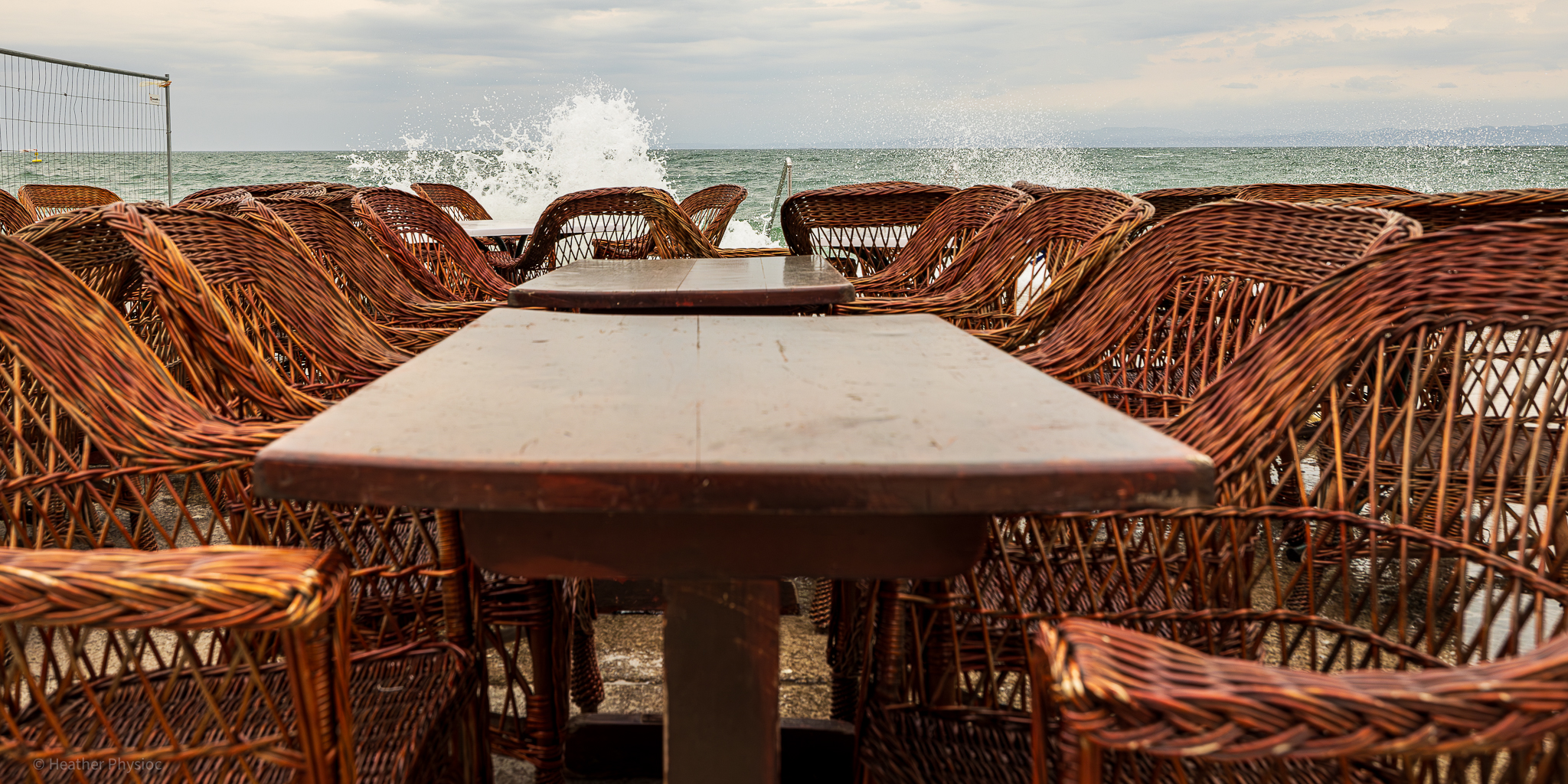
For now, the breathtaking beauty of these Istrian coastal vistas came as fast-moving clouds behind dramatic seaside cliffs towering over crashing waves. We are experiencing the Bora wind, an Adriatic wind pattern that varies in strength based on prevailing weather conditions. The cliffs of the short stretch of coast (only 29 miles of the Adriatic coast belong to Slovenia) help funnel the wind to create this unique, contradictory microclimate.
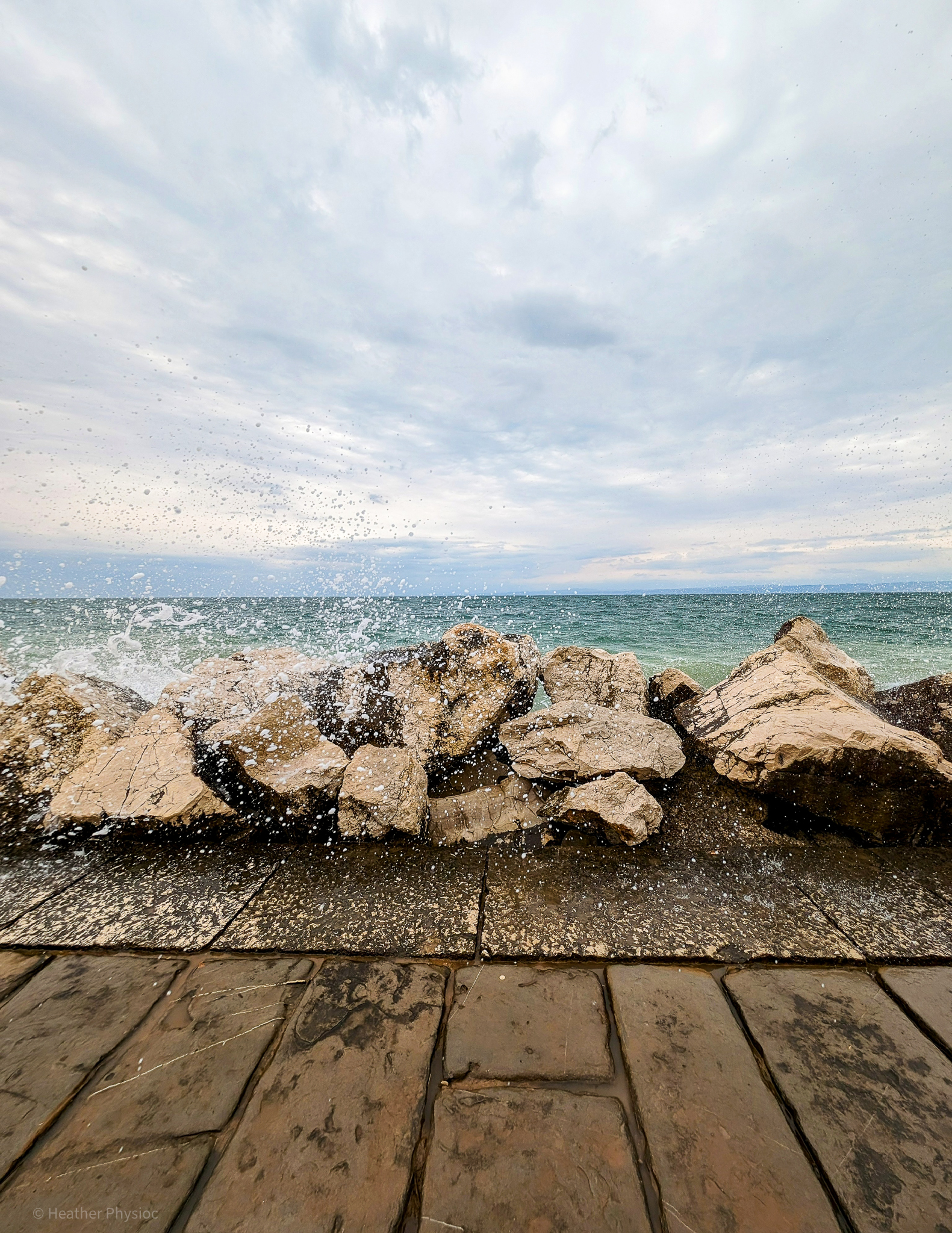
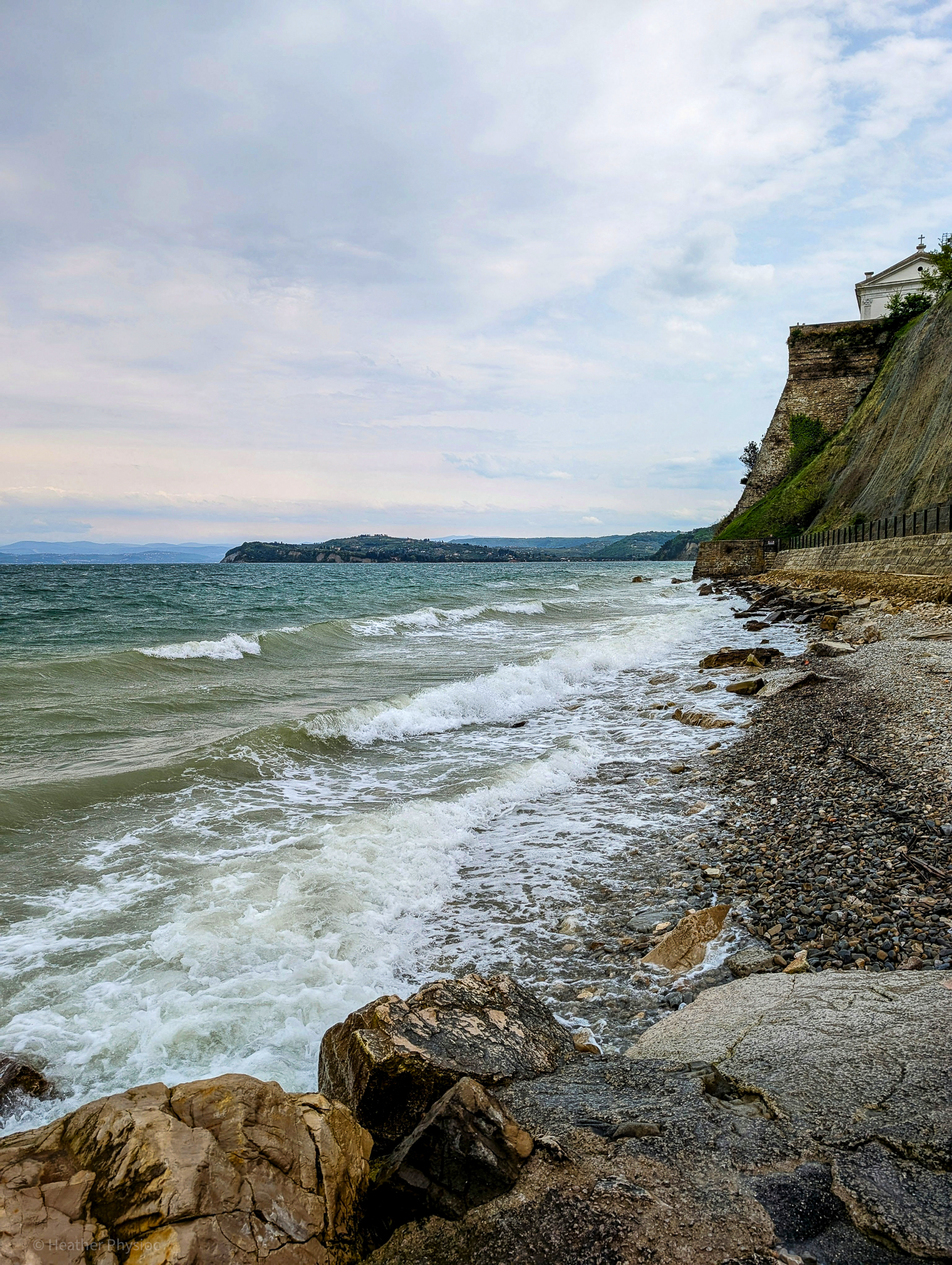
This was once a bustling center for the local fishing fleets dating back to the ancient Roman era. Remnants of seafaring traditions are all around the Istrian Peninsula, paying homage to its history of shipbuilding, fishing, and salt-making from the salt pans. In the Venetian Gothic style, buildings in Piran’s old town are painted in soft, pastel shades like terracotta, peach, pale blue and yellow. Weathered buildings exposing the stucco and colors past create an inviting atmosphere in the narrow streets and squares.
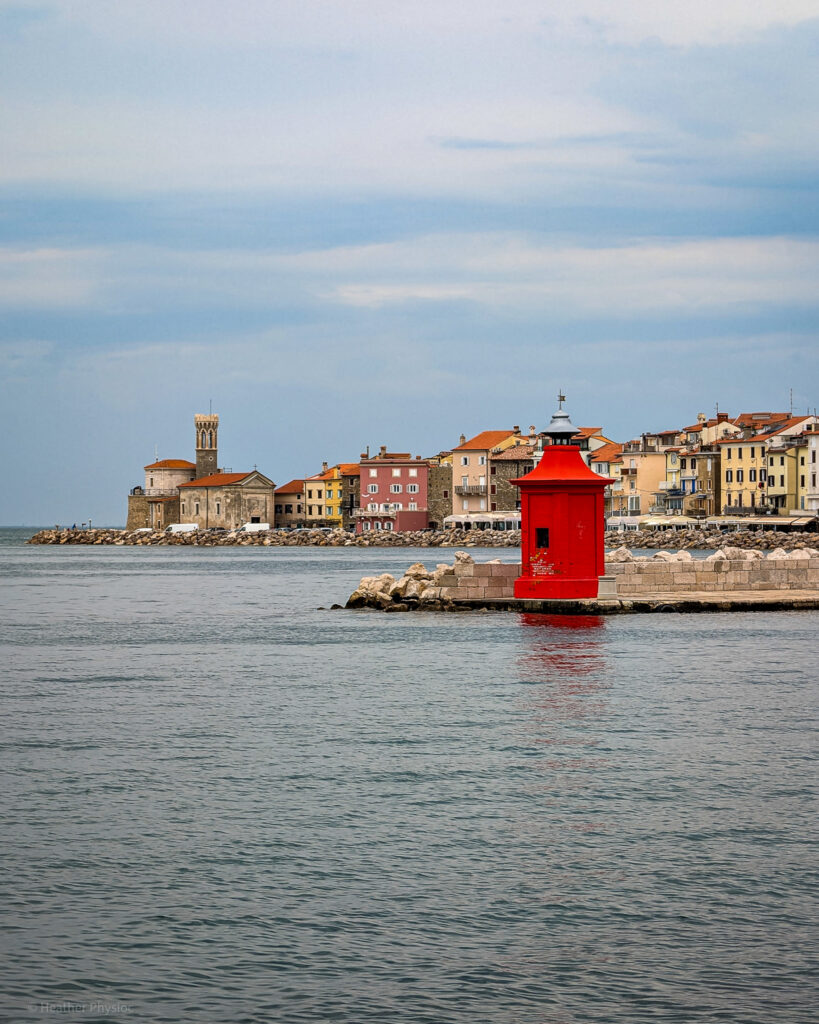
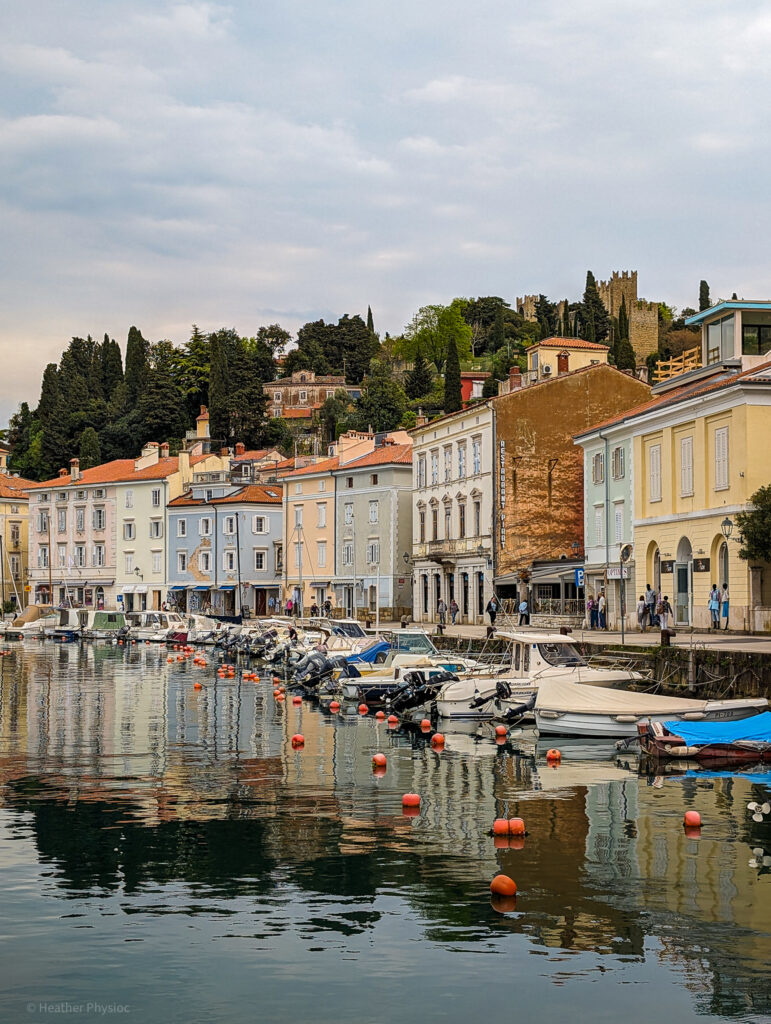
Modern-day boats and fishing vessels rest in the serene berths of the marina, surrounded by coiled mooring ropes and colorful buoys. Bright red painted lighthouses are striking landmarks against the rich blues of the water and sky. A mermaid statue looks out over the water as a protector of sailors and the sea.
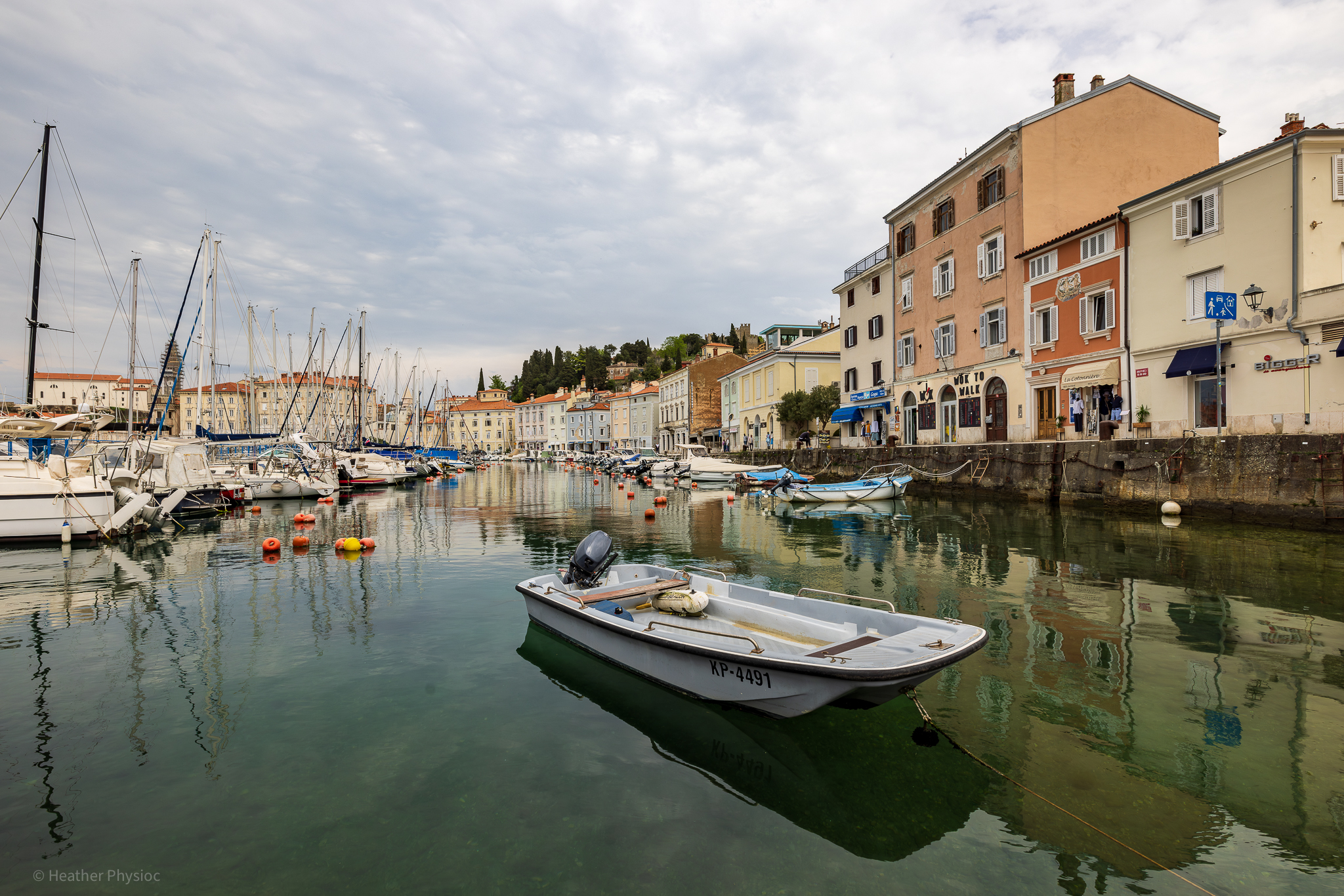
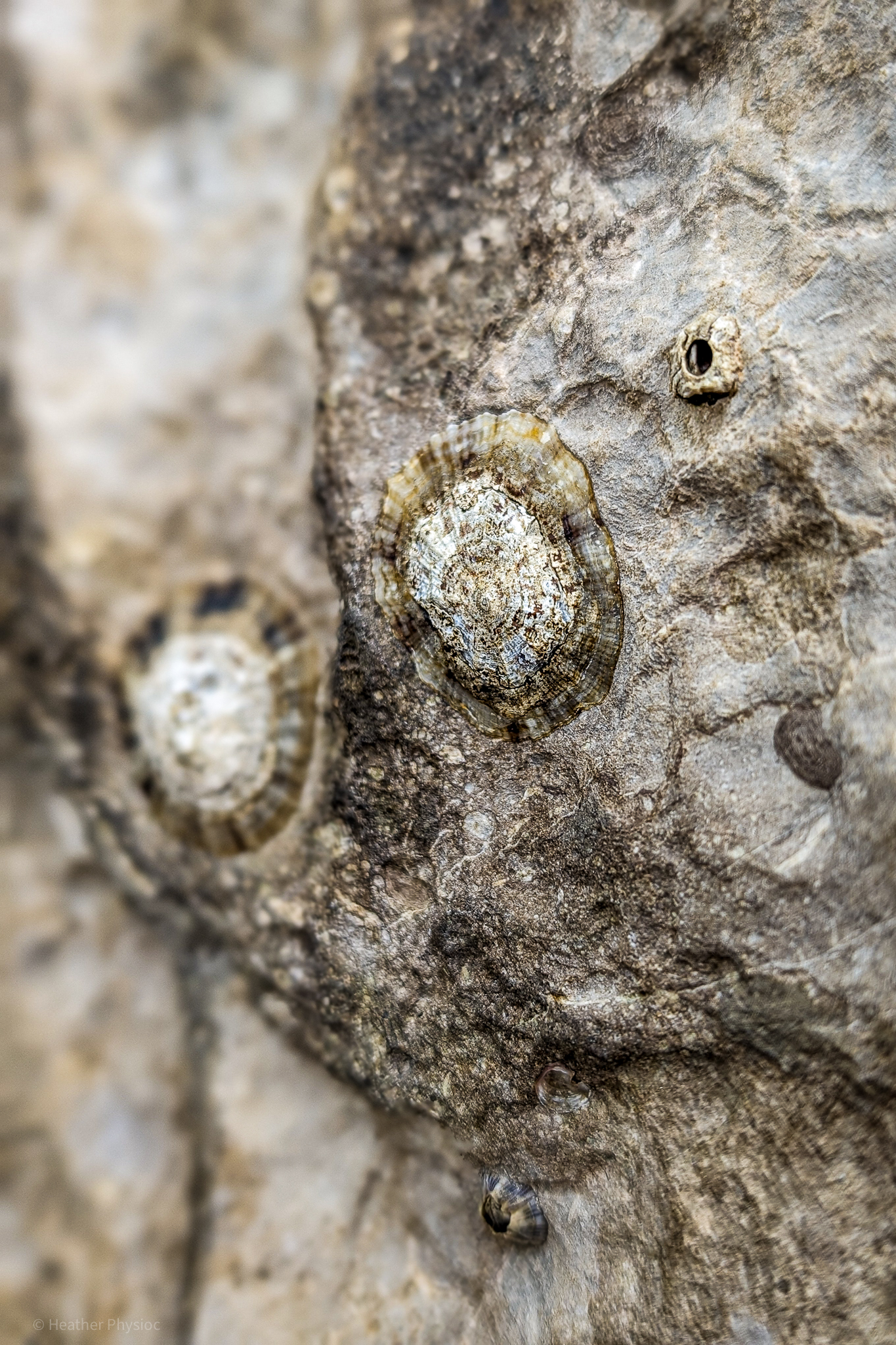
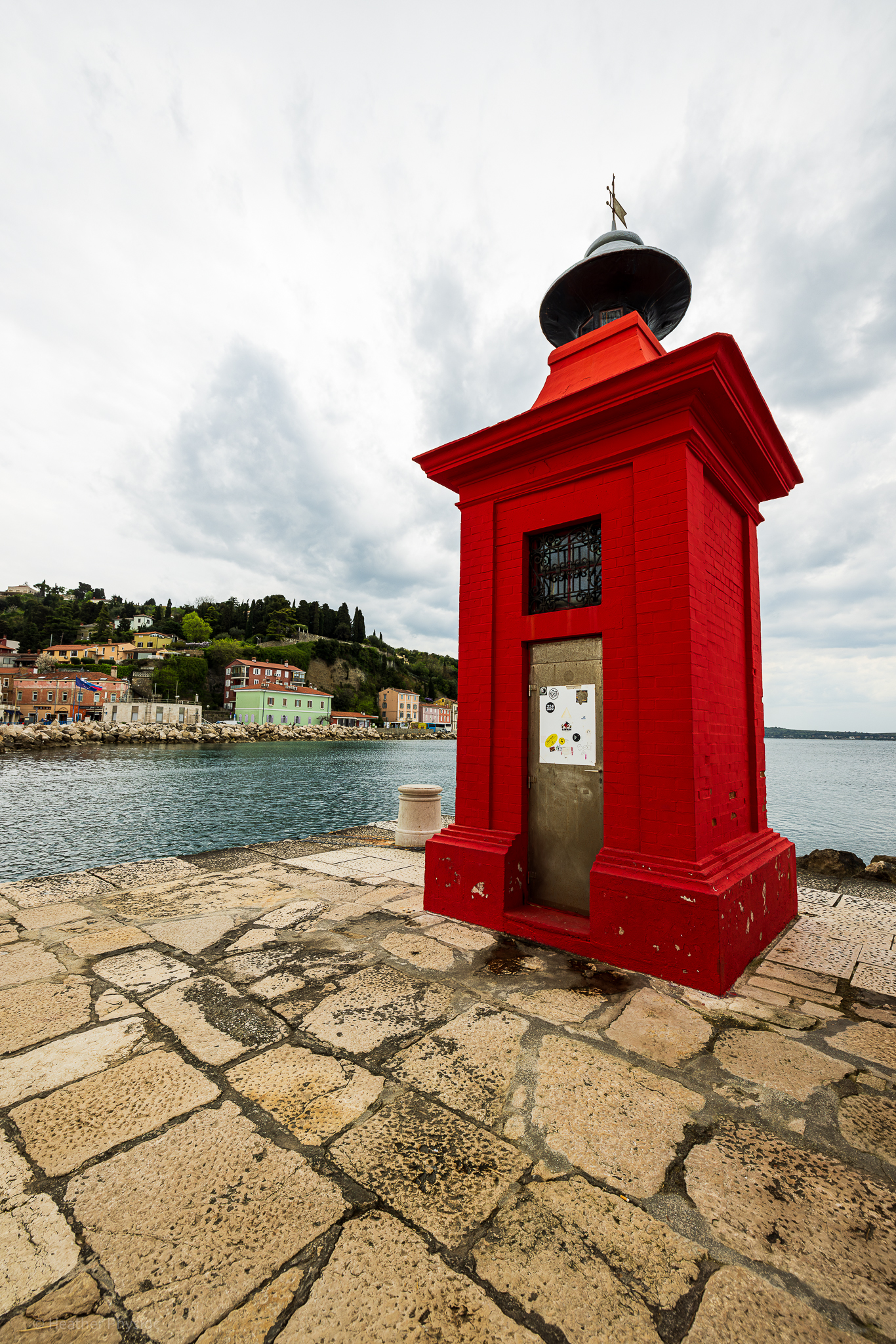
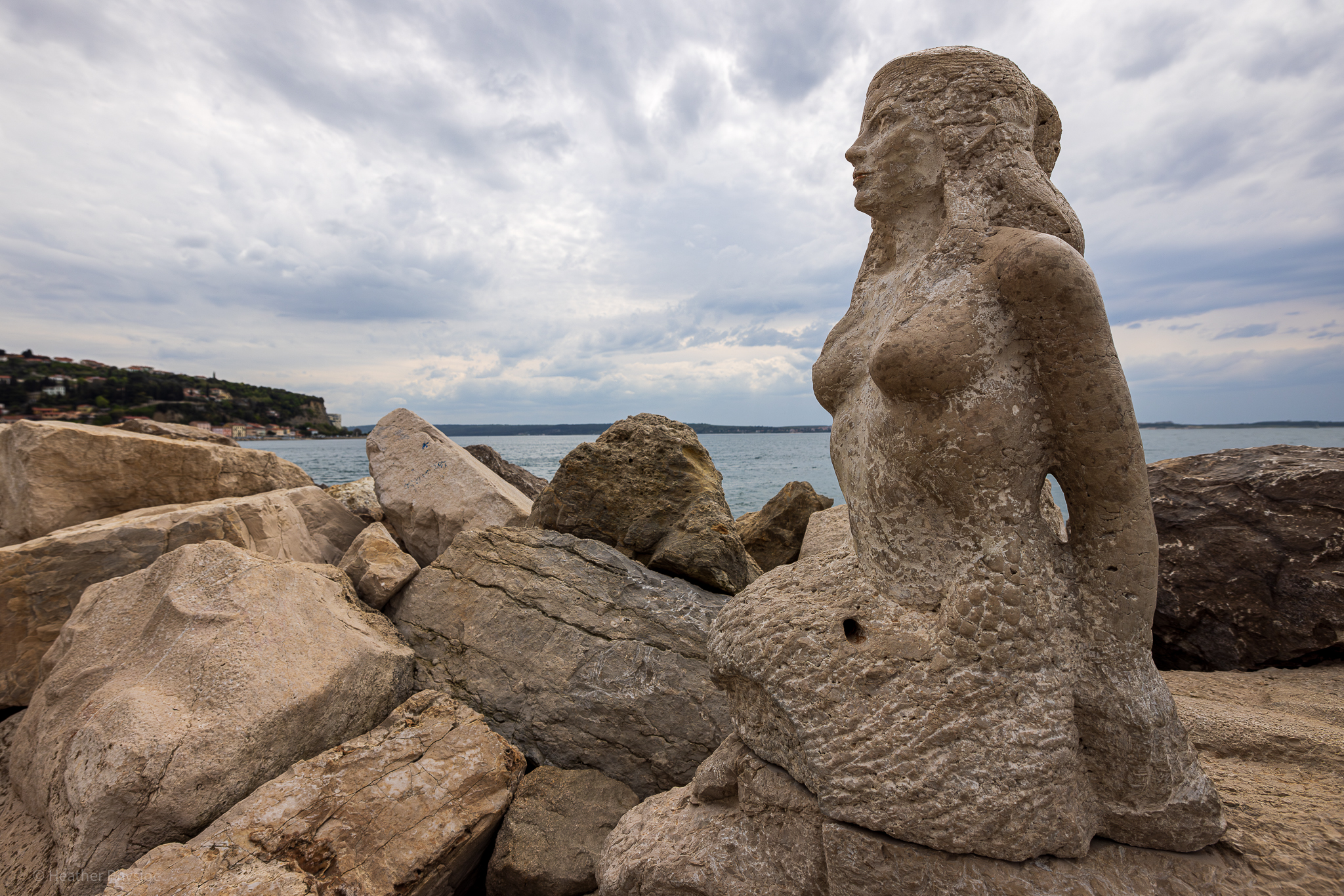
Peering into the eerily quiet nave of Cerkev Marije Zdravja, four abstract paintings of the crucifixion of Jesus Christ sit in an arc, illuminated only by the natural light of the surrounding arched windows. Before it was rededicated to Our Lady of Health (“Marije Zdravja”), the building was originally known as St. Klement, for the patron saint of sailors, dating back as far as the 13th century.
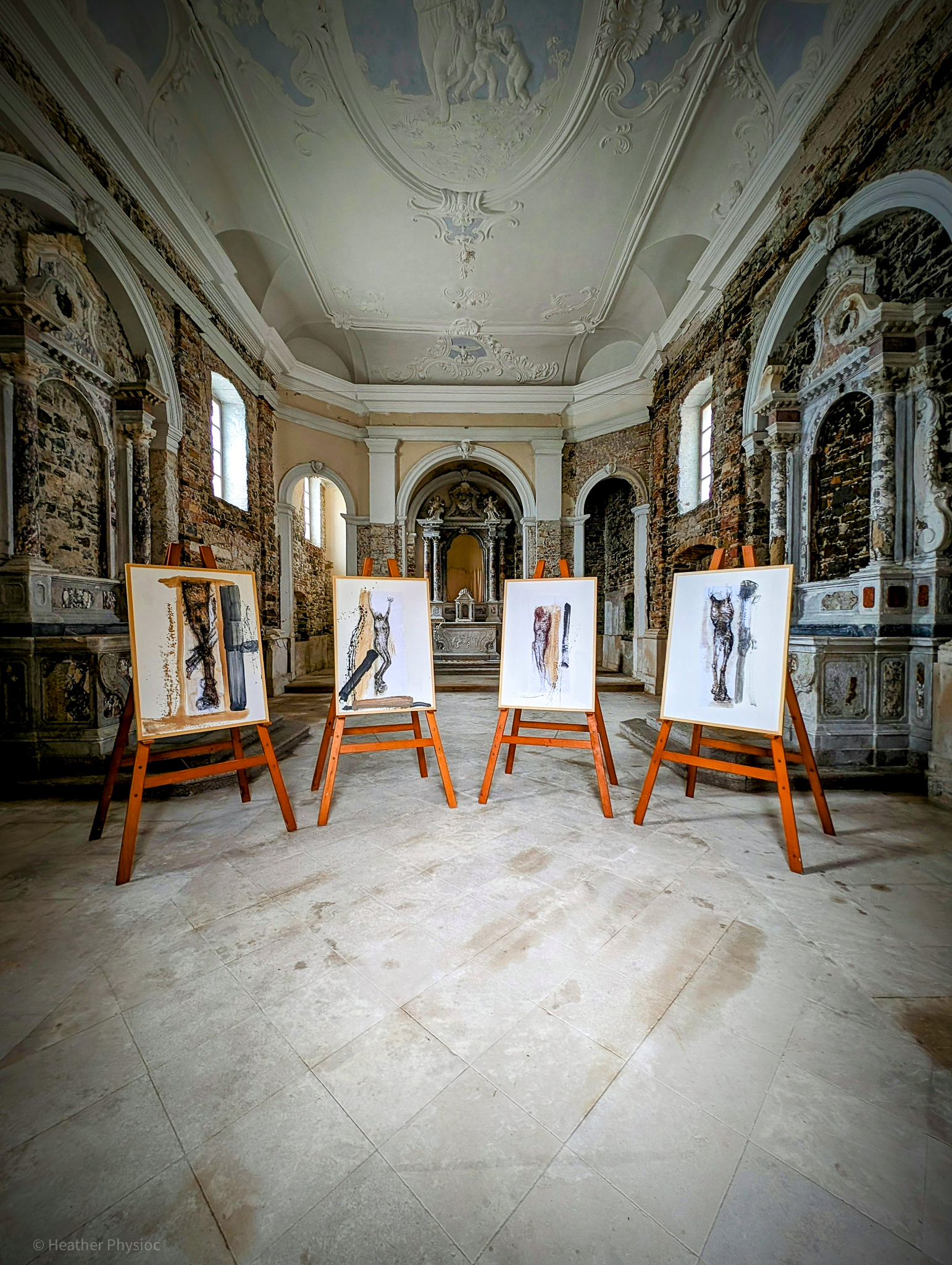
Aside from its Adriatic panoramas and naval history, the Istrian Peninsula draws travelers for its Mediterranean climate, flavor, and hospitality. Locals and visitors fill the tables at outdoor cafes along the water and in Piran’s Tartinijev Trg town square, sipping Aperol spritzes and selecting pasta and fish dishes from menus while enjoying the views.
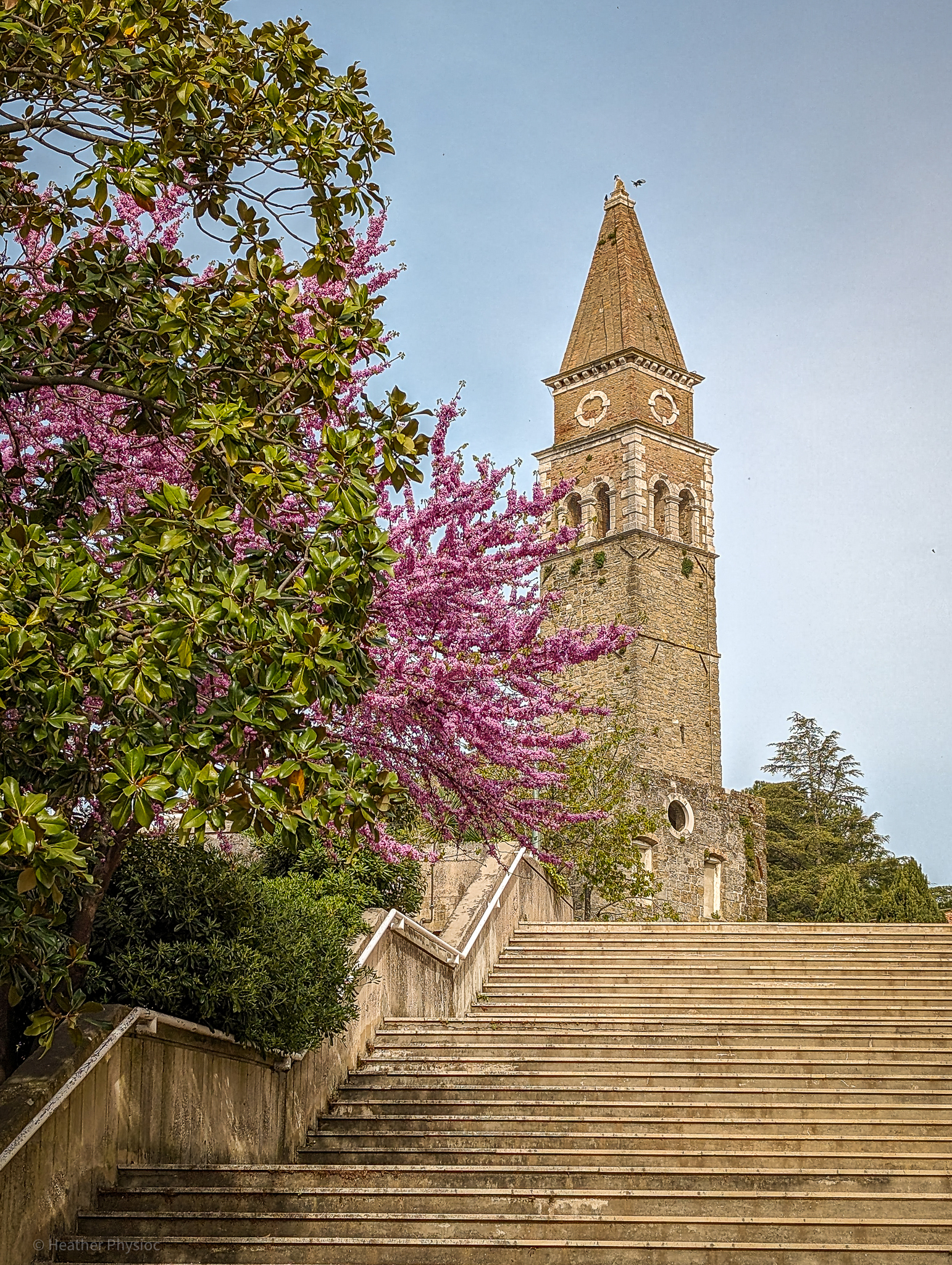
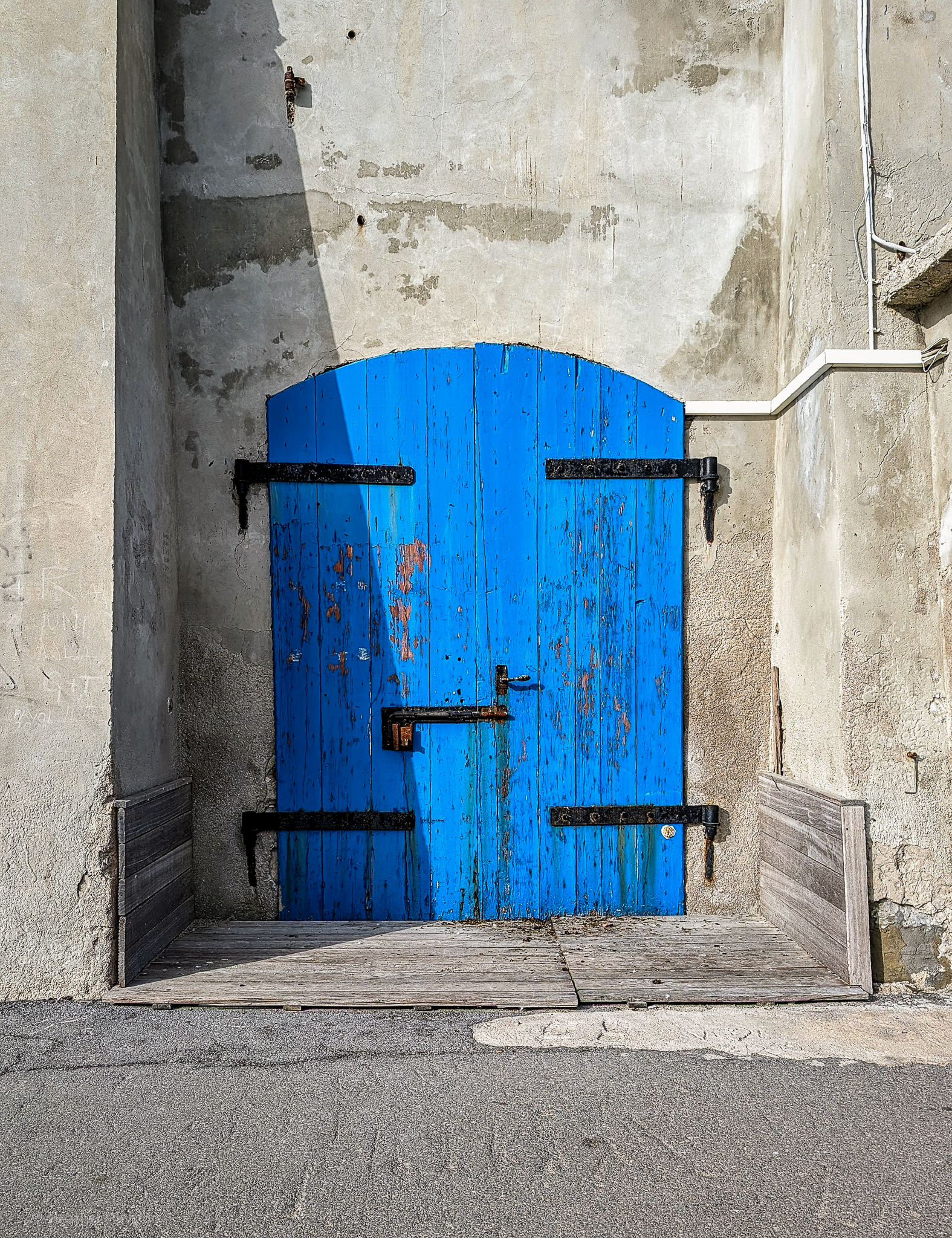
Lipica Lipizzaner Stud Farm in Karst
Lipica is a village less than an hour’s drive from Portorož, in the Karst region of Slovenia, near the Italian border. The Lipica Stud Farm was established in the 16th century by Charles II, Archduke of Inner Austria, to breed Spanish horses for nobility. The farm was forced to relocate several times through the Napoleonic Wars and two World Wars, and the breed was nearly wiped out by the end of World War II.
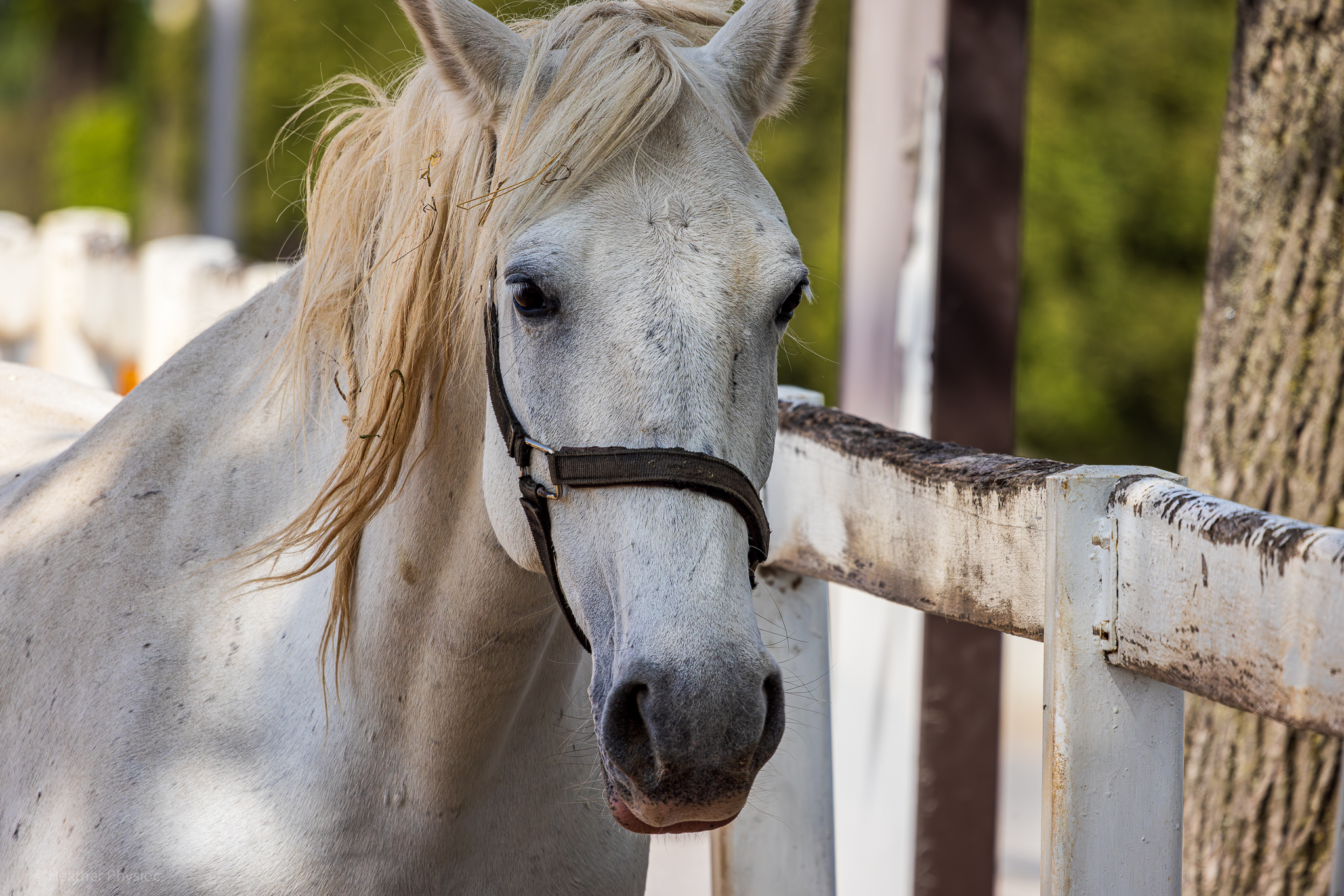
Today, the Lipica Stud Farm is the largest Lipizzan stud farm in the world, a fully functional breeding facility owned by the Republic of Slovenia, and a UNESCO World Heritage site. It houses more than 300 white horses, and the farm’s stated mission is to continue preserving the breed’s more than 400 years of cultural and natural heritage.
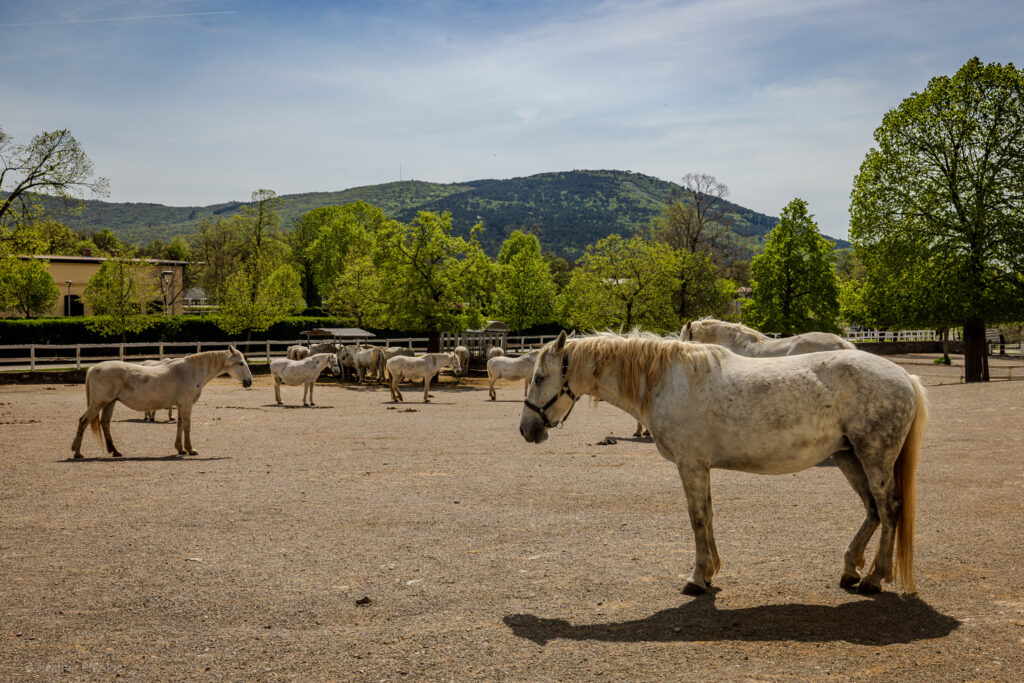
The famous Lipizzan horse originated here and developed over time to reach its distinguished modern form, with speckled milky white and gray coats. Lipizzaner horses are born in dark shades of gray, brown and black, but their coat lightens over time with each shed. It is not until they are seven to ten years old that they reach their typical final bright white to gray coats in various degrees of dappling. More rare bay Lipizzaners keep their dark coats into adulthood.
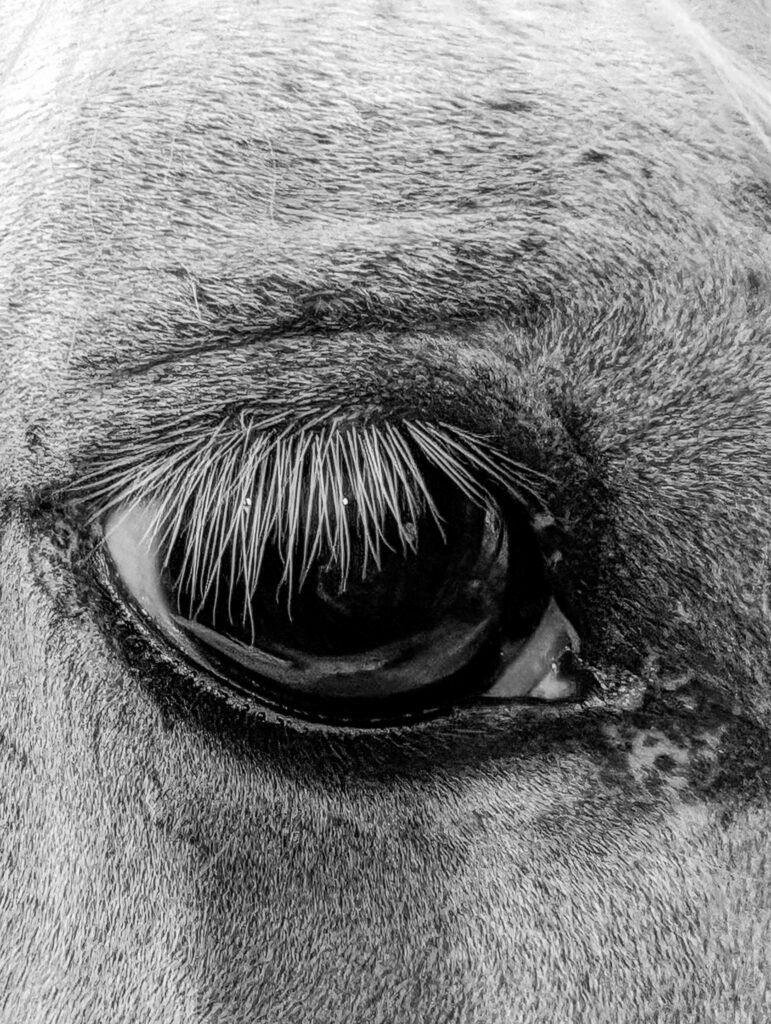
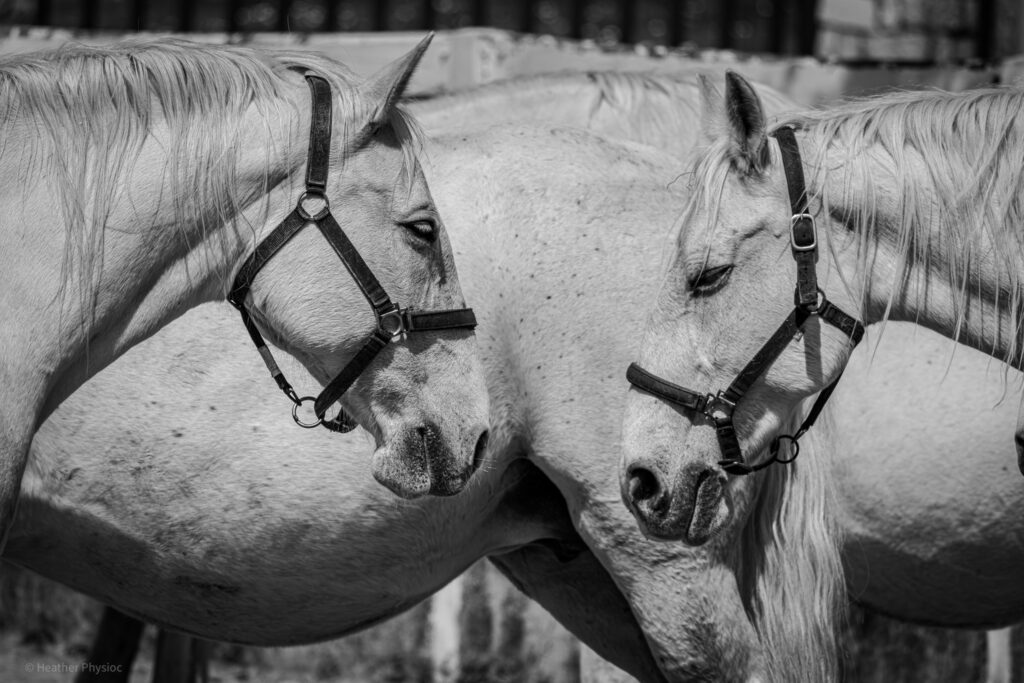
The stud farm has a dedicated breeding program to ensure the continuation of the Lipizzaner breed. Mares are carefully selected and mated with stallions to produce the next generation of foals. We stood at the edge of a grazing pasture full of gentle, pregnant females with their swollen bellies, napping and grooming one another in the midday sun.
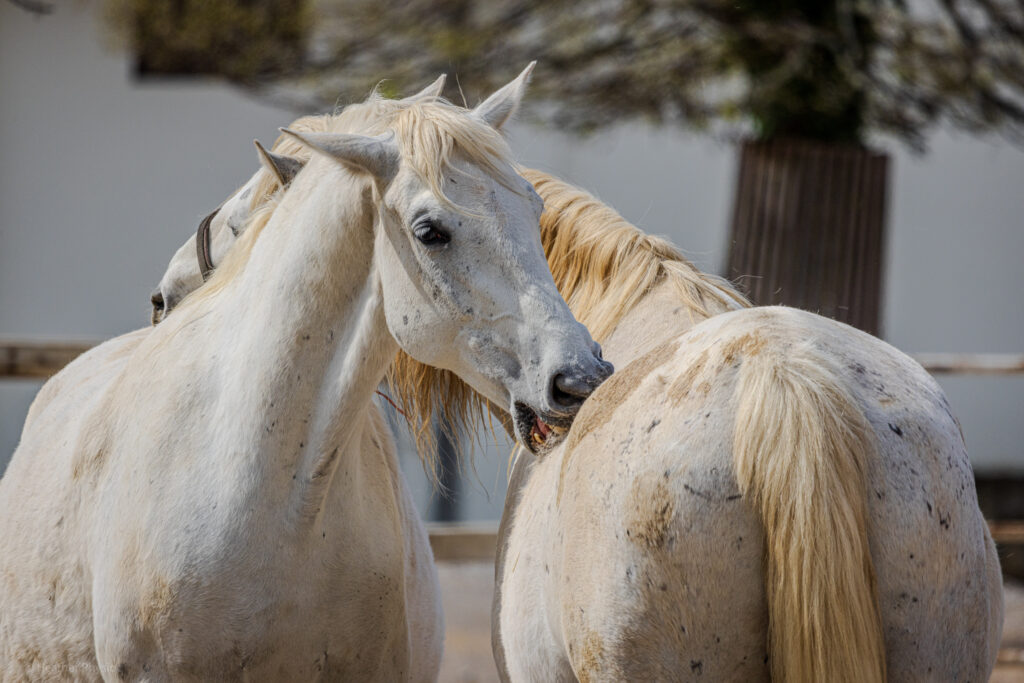
During their 11-month gestation periods, pregnant mares are given special care and attention, awaiting the arrival of their young. As their due dates approach, pregnant mares are moved into separate foaling stables. The arrival of every healthy Lipizzaner foal mare is celebrated as a continuation of the centuries-old tradition.
Vineyards in the Karst, Slovenian Countryside
Throughout the iron oxide-rich limestone hills of the Karst countryside, olive groves, grape vineyards and orchards thrive in the mild Mediterranean temperatures and moderate rainfall. The Karst region has seen a rise in agritourism, with tourist farms providing immersive wine and culinary experiences. Tourist Farm Škerlj, located on Tabor Hill in Tomaj, is one such vineyard recognized for its fine wines produced from the distinctive “terra rossa,” or red soil, of the region.
Positioned between Ljubljana and Trieste, this farm offers a serene escape with accommodations in a centuries-old homestead and traditional cuisine made from locally sourced produce, meat, and wine. The Škerlj family has farming roots dating back to 1630, long involved in vineyard cultivation, orchards, vegetable gardening, and now, beekeeping. Since 1995, they have invited visitors to have an authentic Karst experience on their estate.
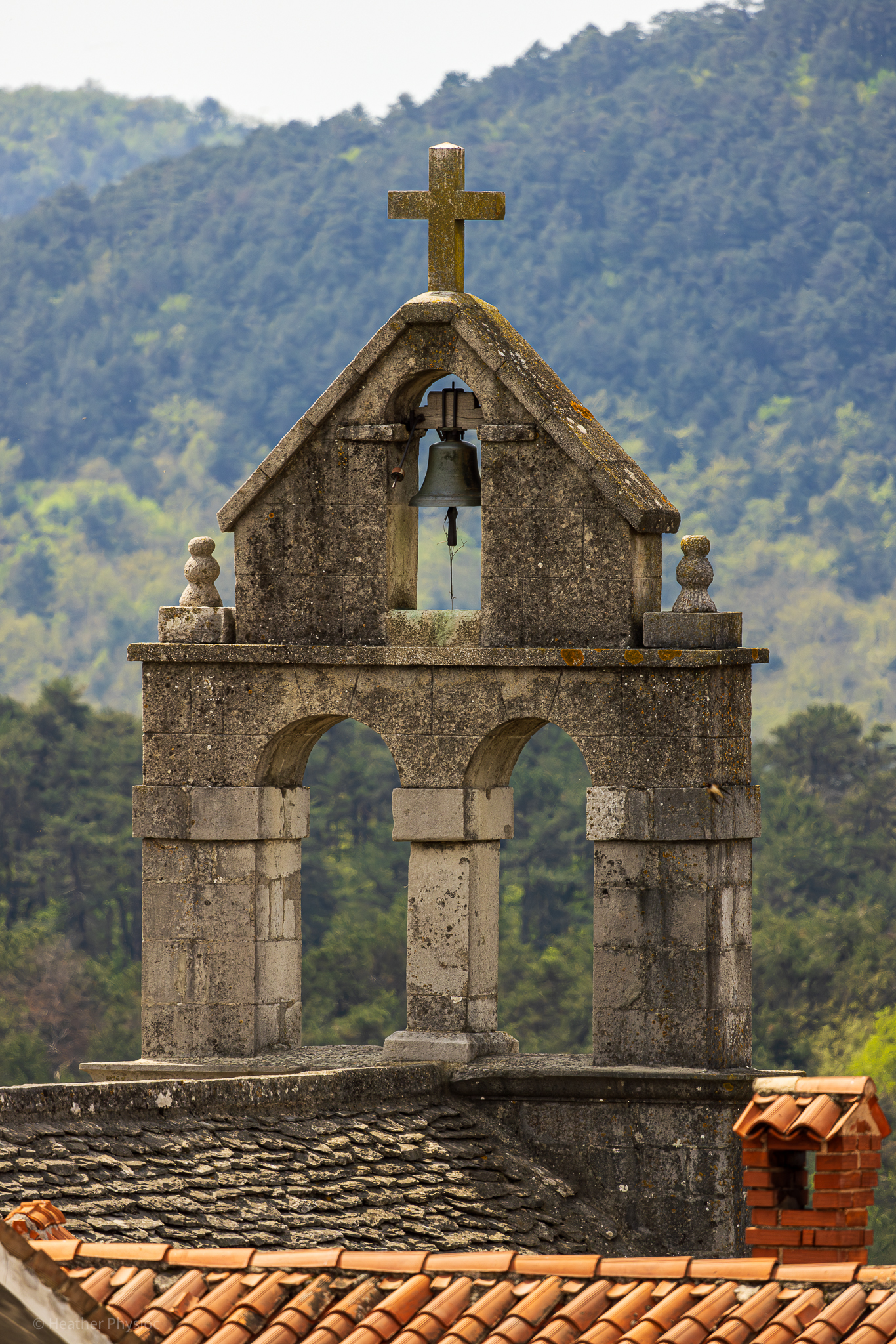
The Karst Wine Road in Slovenia connects around 170 wine producers, offering tastings and tours of cellars carved into limestone rock. The signature wine is Teran, a full-bodied, acidic wine with a distinctive wild berry aroma made from the Refosco grape. Other grape varieties grown here include Cabernet Sauvignon and Malvasia.
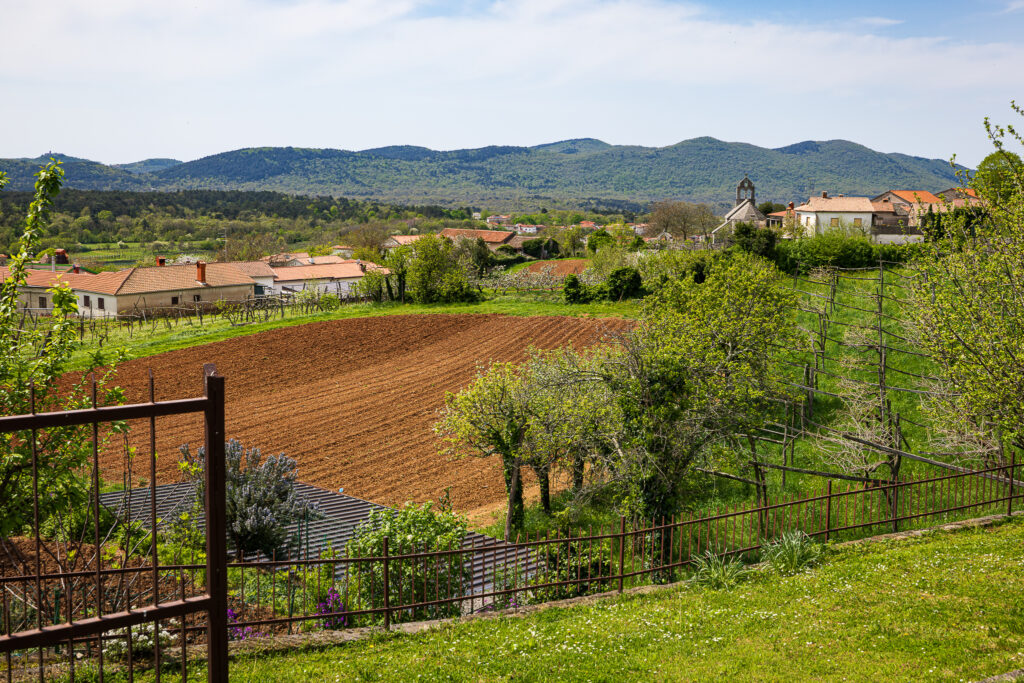
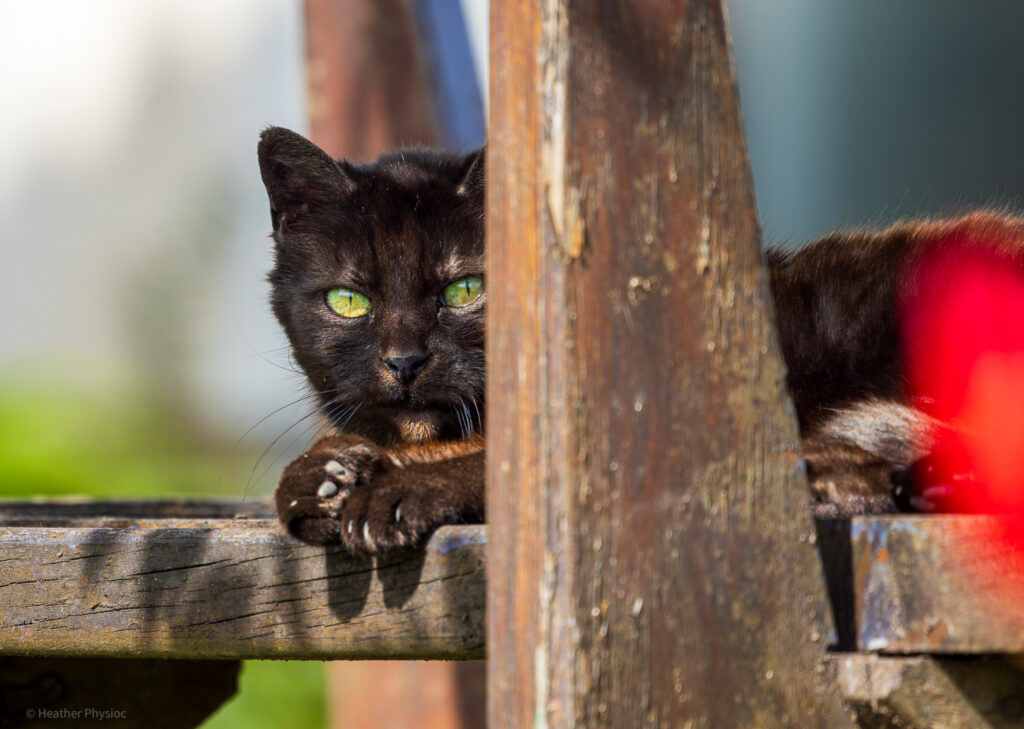
Slovenia’s Istrian Peninsula and Karst region connect cultural heritage, culinary tradition, and natural beauty in a uniquely captivating way. Portorož, Piran and Lipica are laid-back and immersive immersion in this beautiful part of the country.

Photographs in this post were shot on:
• Canon EOS R5 for landscapes and wildlife
• Google Pixel 8 Pro for quick snaps
